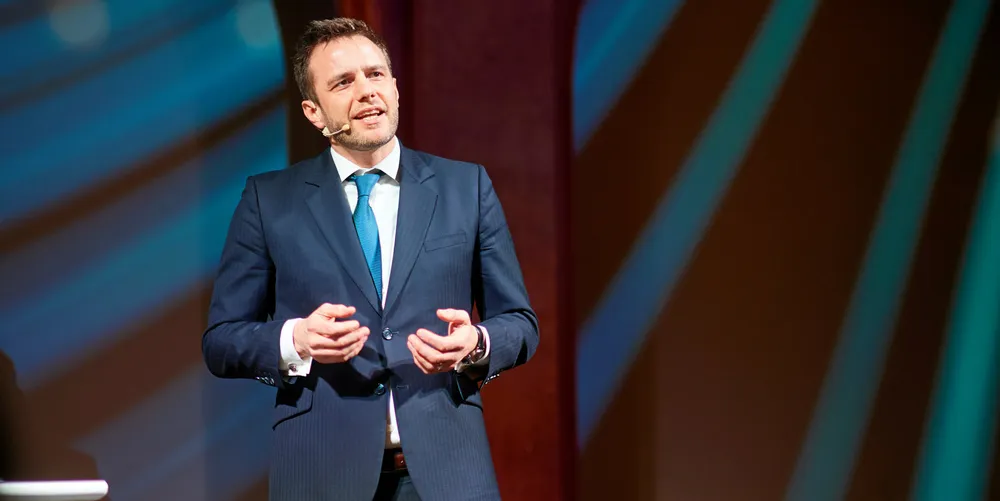‘Not fit for purpose’: Europe’s distribution grids ‘need up to €425bn of investment to enable energy transition’
Networks must be upgraded to handle expected wind, solar and green hydrogen volumes, as well as increased amount of EVs and heat pumps, say Eurelectric and E.DSO
